Timothy M. VanReken is a program director for the Established Program to Stimulate Competitive Research (EPSCoR), part of the Office of Integrative Activities at the National Science Foundation.
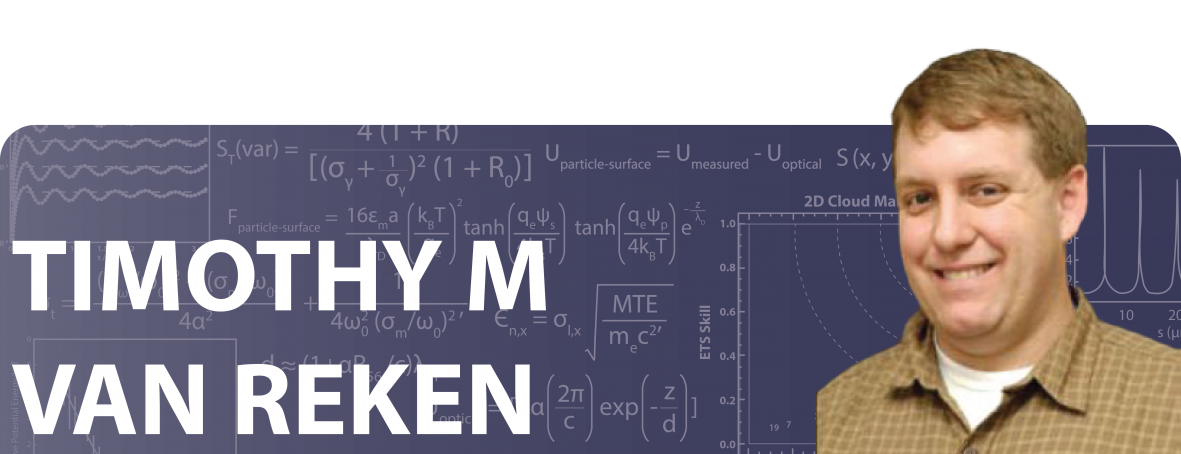
news, journals and articles from all over the world.

Timothy M. VanReken is a program director for the Established Program to Stimulate Competitive Research (EPSCoR), part of the Office of Integrative Activities at the National Science Foundation.
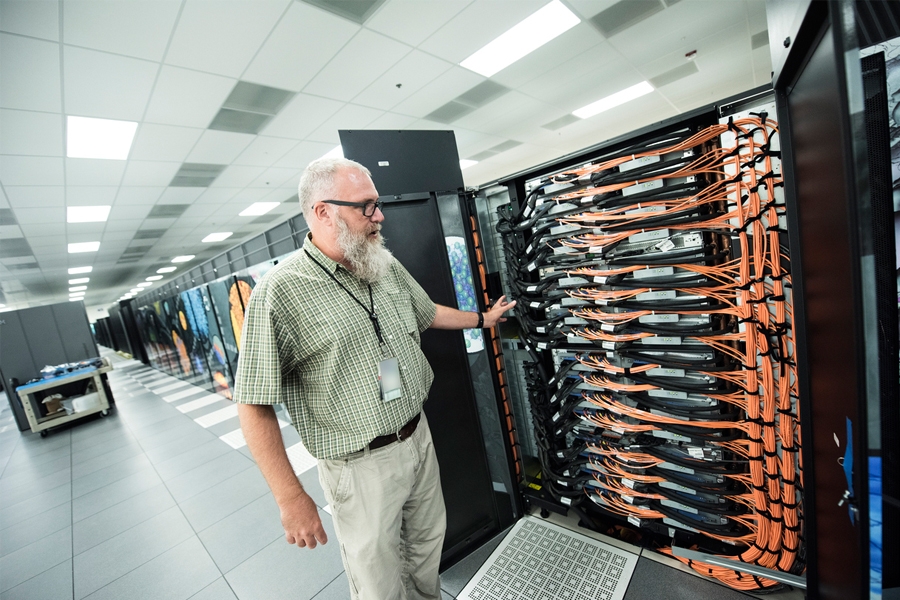
This is a continuing profile series on the directors of the Department of Energy (DOE) Office of Science User Facilities. Michael E. Papka is the director of the Argonne Leadership Computing Facility.
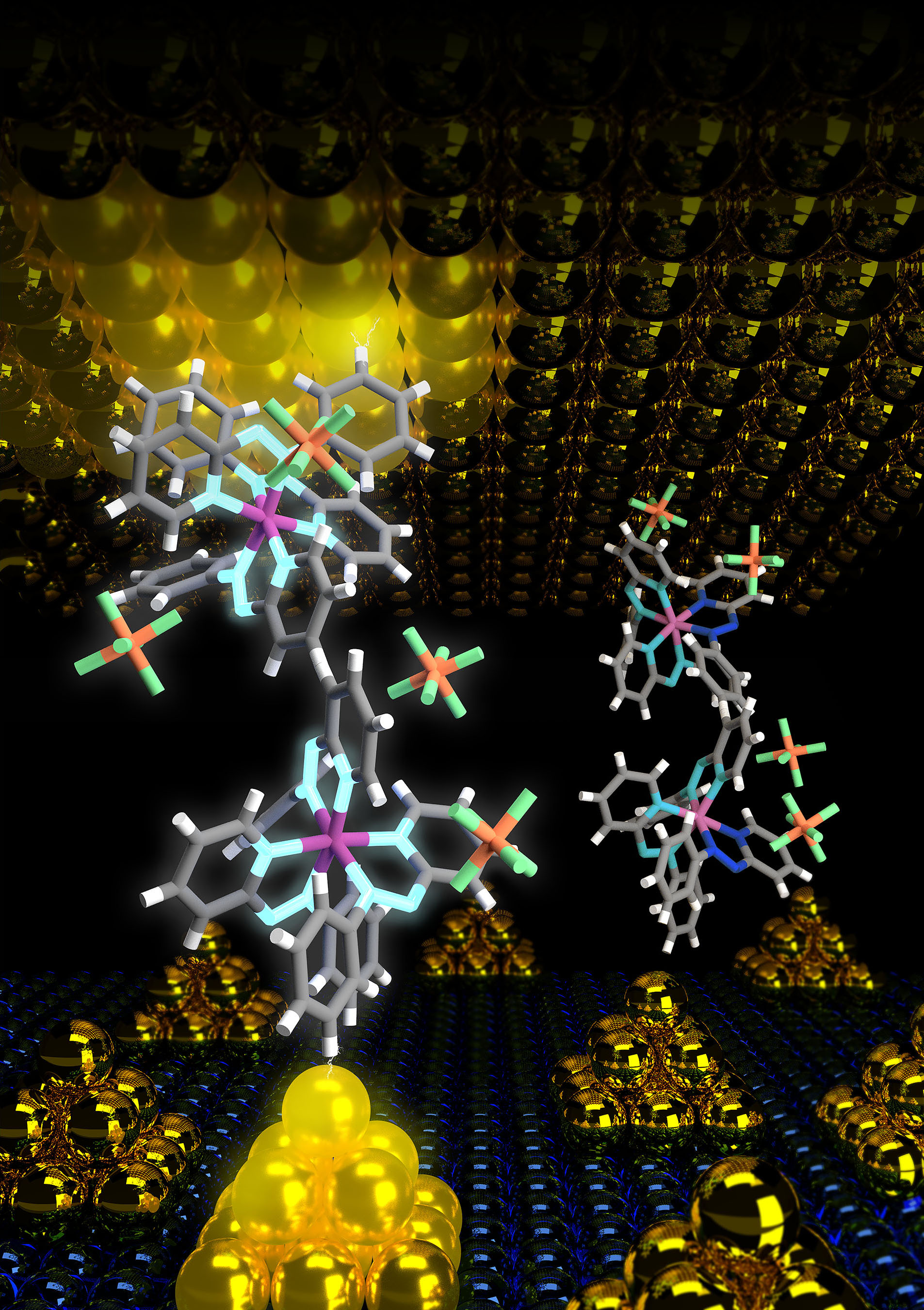
The advent of artificial intelligence, machine learning and the internet of things is expected to change modern electronics. The pressing question for many researchers is how to handle this technological revolution. Brain-inspired electronics with organic memristors could offer a functionally promising and cost- effective platform. Since memristors are functionally analogous to the operation of neurons, the computing units in the brain, they are optimal candidates for brain-inspired computing platforms.

The field of “brain-mimicking” neuromorphic electronics shows great potential for basic research and commercial applications, and researchers in Germany and Switzerland recently explored the possibility of reproducing the physics of real neural circuits by using the physics of silicon. In Applied Physics Letters, they present their work to understand neural processing systems, as well as a recipe to reproduce these computing principles in mixed signal analog/digital electronics and novel materials.
Lawrence Livermore National Laboratory (LLNL), Hewlett Packard Enterprise (HPE) and Advanced Micro Devices, Inc. (AMD) today announced the selection of AMD as the node supplier for El Capitan, projected to be the world’s most powerful supercomputer when it is fully deployed in 2023.

To better leverage cancer data for research, scientists at ORNL are developing an artificial intelligence (AI)-based natural language processing tool to improve information extraction from textual pathology reports. In a first for cancer pathology reports, the team developed a multitask convolutional neural network (CNN)—a deep learning model that learns to perform tasks, such as identifying key words in a body of text, by processing language as a two-dimensional numerical dataset.

Using advanced computational methods to find working designs, researchers created six protein pairs in cells.
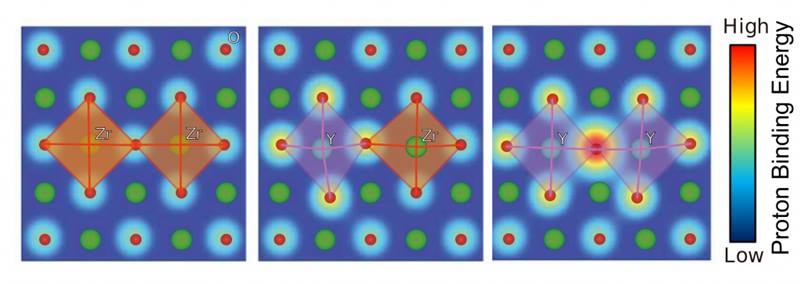
Using supercomputer simulations and a large dataset of materials, scientists found a connection between distortions in the material’s atomic structure and the amount of energy required to separate a proton from the material.

The Big Questions series features perspectives from the five recipients of the Department of Energy Office of Science’s 2019 Distinguished Scientists Fellows Award describing their research and what they plan to do with the award. Ian Foster is the director of Argonne National Laboratory’s Data Science and Learning Division.
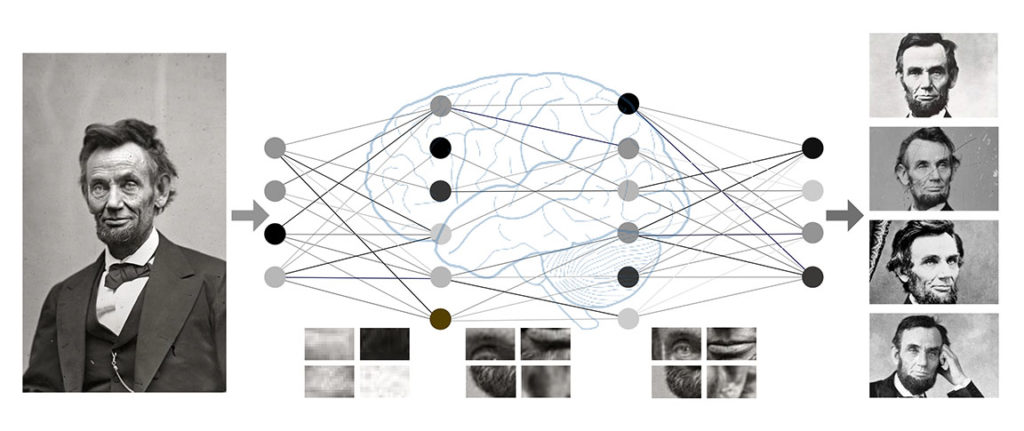
Since 1947, computing development has seen a consistent doubling of the number of transistors that can fit on a chip. But that trend, Moore’s Law, may reach its limit as components of submolecular size encounter problems with thermal noise, making further scaling impossible. In this week’s Applied Physics Reviews, researchers present an examination of the computing landscape, focusing on functions needed to advance brain-inspired neuromorphic computing.
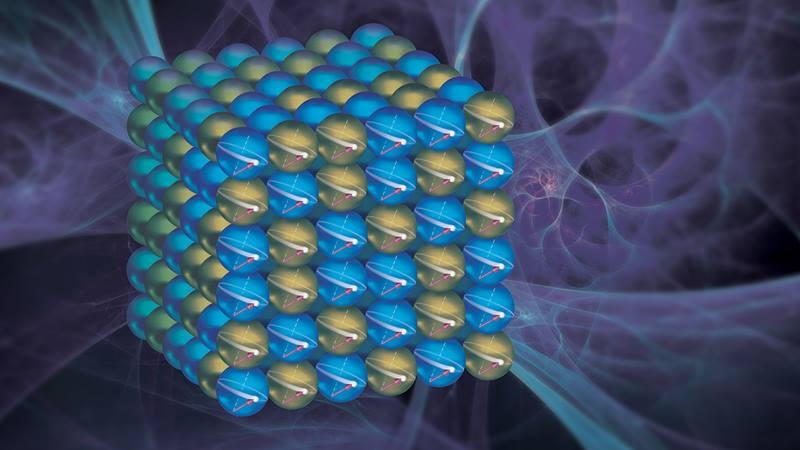
Computer storage devices often use magnetic materials printed on very thin films. In this study, researchers rotated cobalt-iron alloy thin films relative to an applied magnetic field. Unexpectedly, depending on the rotation angle, a sizeable change – up to 400% – was seen in how well the material holds on to energy.
Northern Arizona University assistant professor Fatemeh Afghah is one of 40 recipients of the grant, given to foster creative basic research in science and engineering, enhance career development and provide opportunities for engineers to address military challenges in science and engineering.
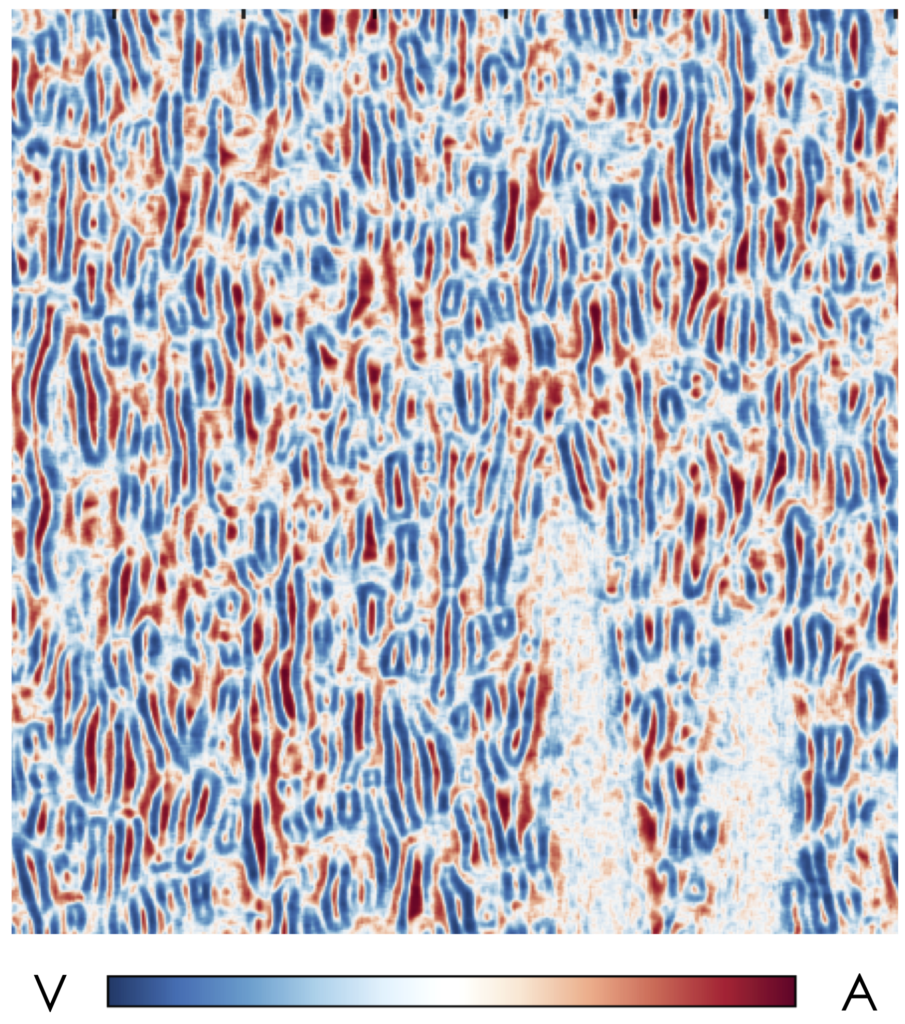
By blasting a frustrated mixture of materials with quick pulses of laser light, researchers transformed a superlattice into a supercrystal, a rare, repeating, three-dimensional structural much larger than an ordinary crystal. Using machine learning techniques, they studied the underlying structure of this sample at the nanoscale level before and after applying the laser pulse treatment.
⎯ A team of researchers from the National University of Singapore (NUS) has put Singapore on the global map of Artificial Intelligence (AI) and big data analytics. Their open-source project, called Apache SINGA, “graduated” from the Apache Incubator on 16 October 2019 and is now Southeast Asia’s first Top-Level Project (TLP) under the Apache Software Foundation, the world’s largest open-source software community.

The University of Utah’s School of Computing, which is under the College of Engineering, has developed a new bachelor’s of science degree in data science that addresses all aspects of compiling, organizing and analyzing data. It is one of only a handful of universities in America with an undergraduate degree in the discipline.
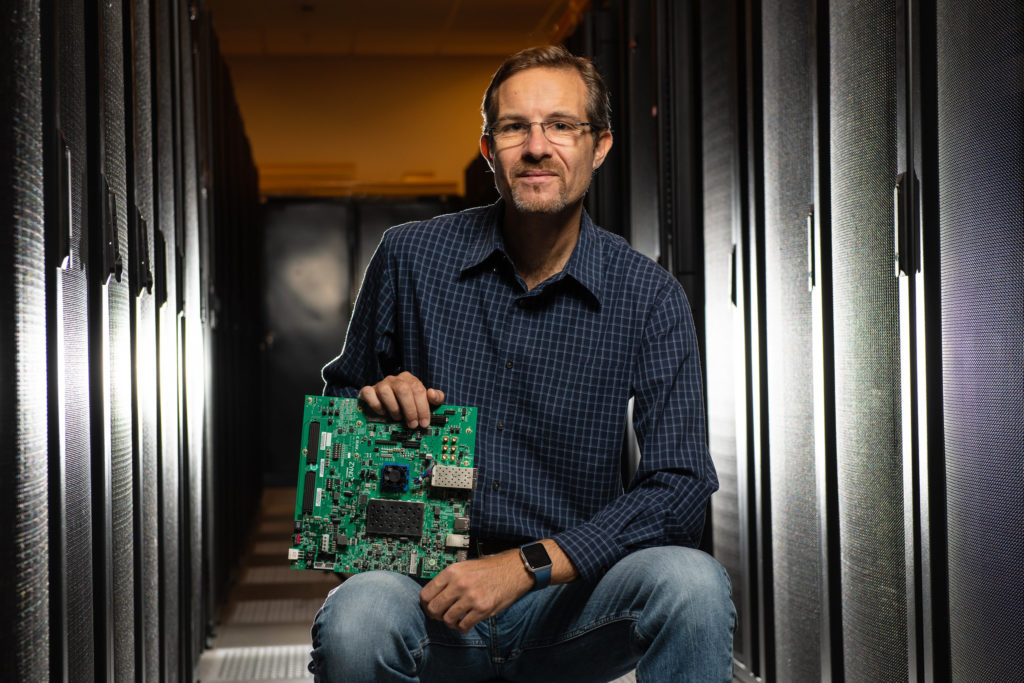
Scientists from DOE’s Pacific Northwest National Laboratory, DOE’s Sandia National Laboratories, and the Georgia Institute of Technology will collaborate on solutions to some of the most challenging problems in AI today, thanks to $5.5 million in funding from DOE.
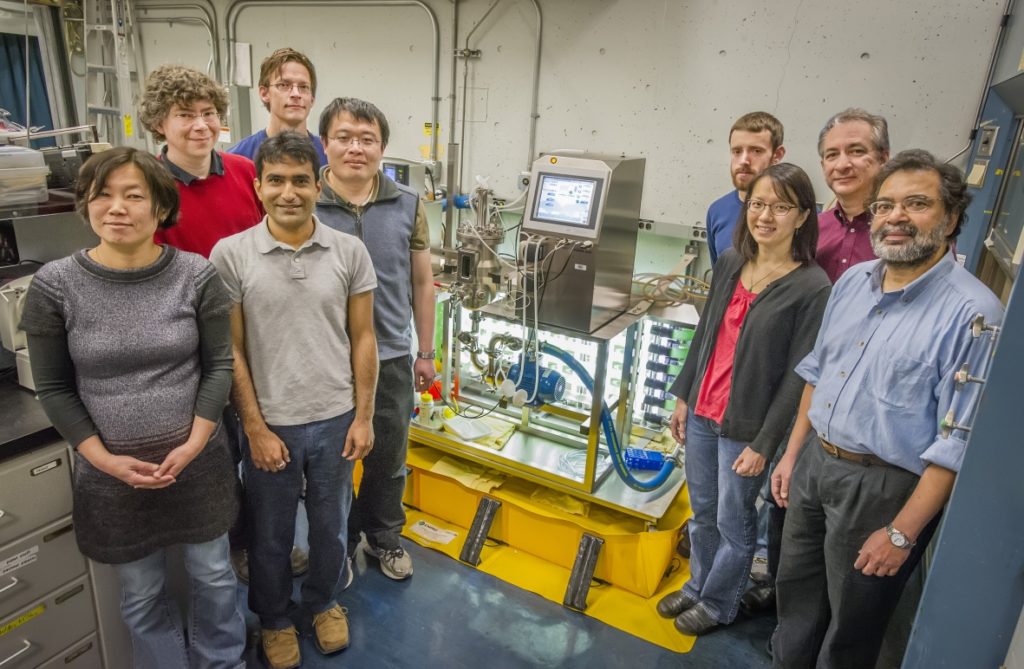
Since that first computer more than 30 years ago, ESnet has expanded to connect more than 40 major research institutions at speeds 15,000 times faster than a home network. From acting as an early adopter of protocols that now run the internet to making today’s scientific discoveries possible, ESnet is the big player in the internet you’ve probably never heard of.

Los Alamos National Laboratory and Arm are teaming up to make efficient, workload-optimized processors tailored to the extreme-scale computing requirements of the Laboratory’s national-security mission.

In collaboration with the Department of Veterans Affairs, a team at Oak Ridge National Laboratory has expanded a VA-developed predictive computing model to identify veterans at risk of suicide and sped it up to run 300 times faster, a gain that could profoundly affect the VA’s ability to reach susceptible veterans quickly.

An international team of researchers has developed a new algorithm for solving equations using a type of quantum computer called a “quantum annealer.” The team systematically examined how this method scales when facing increasingly difficult mathematical equations, with promising results.